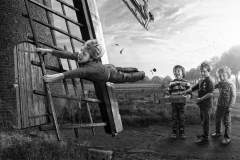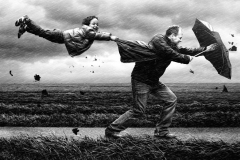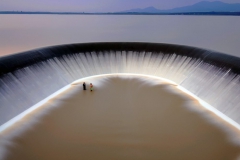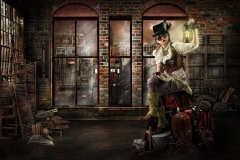Good for you! However, with such a wealth of information available regarding photography, figuring out where to start can be daunting. This article is filled with tips on taking better pictures.
A major part in photography composition would be the framing. Eliminate any objects that diminish the impact of your subject by either removing them or zooming in on your main focal point. Your subject should fill the frame to add the most impact to your photo, avoiding clutter.
Memory Card
It is important to have a sufficient memory to hold lots of pictures; the best way to get good photos is to take a large number of them. You can use you memory card to store photographs that you have not had time to develop yet. A bigger memory card also lets you shoot in RAW format, which provides more editing options later on.
When you have your shot lined up and it is time to hit the shutter button, stop breathing for a moment and don’t move a muscle. Even the slightest movement can mess up a shot. If you have to, give yourself a few seconds to get in a comfortable spot and stand still.
Educating yourself about appropriate composition can help your photography improve, regardless of whether you are a beginner or an experienced photographer. Just like artwork in other media, a poorly-composed photograph will never reach its full potential. Study different composition methods and practice them. This will make you a much more well-rounded photographer.
Often, the subject is directly staring at the camera. Shake things up a bit by having your subject look away from the lens and focus on something in the distance. You might also direct the subject to focus on an object or person within the frame.
Be on the lookout for any type of patterns, whether man-made or natural, when composing your photographs. Patterns, especially repeating ones, make photographs much more interesting to view. Try using patterns for unique angles or backgrounds on a subject matter.
Nearly any subject can look more interesting if you adjust your camera settings, shoot from an alternate angle or use different lighting. Experiment with these techniques beforehand so you’ll be able to visualize how they’ll affect your planned shot.
Your camera can serve as a great tool for when you are taking shots. You can use a shallow depth to help draw attention to the actual subject of the shot and blur the backgrounds.
Some situations may have unavoidably bad lighting, such as photos of a landscape. Other times, it can be impossible to find a good lighting location. What is the remedy to this dilemma? Use a photo editing software program to create the look you are trying to achieve.
When shooting landscapes, make sure that something interesting appears in the photo’s foreground. A simple addition to any photo really adds an additional view sometimes. Having perspective will emphasize the subject of your picture and add interest.
Moving Objects
Make sure that your camera is adjusted correctly whenever you are taking pictures of fast moving objects. To do this, try increasing your ISO. What you’ll be left with are crisper, cleaner, clearer shots of the moving objects you shoot.
Set up the context and pose your subject. Candid photos don’t always have the best results; help everyone to get a good photo by instructing them on how and where to stand or sit. Posing your subjects will give you the best chance of getting the perfect picture.
Photography Skills
Hopefully, this article has given you a good sense of what you can do to improve your photography skills. Feel free to refer back to this article whenever necessary. Be patient with yourself as you learn to perfect your photography skills.








